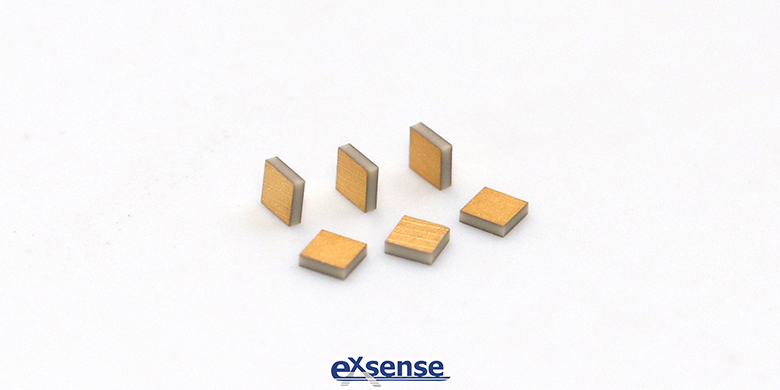
With the rapid development of microwave communication technology, single layer capacitor is widely used in civil fields, such as microwave integration, DC insulation, RF bypass of radar, satellite communication, television satellite receiver, wireless local area and other systems microwave circuit , all require high-precision single layer capacitor. Single layer capacitor has the advantages of small size, large electrical capacity, wide application temperature range, small capacitor change rate and good frequency characteristics, which is suitable for micro-assembly processes and microwave circuits.
At present, most of the substrate materials used for single layer capacitor are SrTiO3 ceramics. SrTiO3 is a typical perovskite structure, which has the advantages of high dielectric constant, low dielectric loss, good heat stability, etc., which is widely used in electronic functional ceramic material. However, this ceramic material has the following problems:
First, the sintering temperature is high (above 1450℃), and the sintered grain is easy to grow up abnormally, resulting in poor uniformity of material properties;
Second, the complex sintering process is easy to make the surface of chip capacitor rough, deformation, structure is not dense, it is difficult to achieve thin material;
Third, the capacitance temperature characteristics of the material is difficult to meet the standard requirements of X7R series, it is necessary to consider from various aspects to improve the capacitance temperature characteristics, so that the capacitance change rate △C/C25℃(-55℃~125℃)≤± 15%;
Fourth, to get better performance often need to use heavy metal elements such as Pb, which is not friendly to the environment.
In order to overcome the existing technical difficulties, EXSENSE Electronics introduced a single layer capacitor with high dielectric constant, low loss, high insulation and good temperature stability and its preparation and production process. The specific preparation steps are as follows:
First, reparation of composite oxide additive
(1) SrCO3, MnO2, TiO2, SiO2 and B2O3 are selected as raw materials, and the materials are prepared according to the ratio. The materials are ball milled with deionized water, dried at 100℃~120℃ and sifted through 40 mesh sieve, obtain ball-milled material;
(2) Ball-milled material is pre-sintered for 1~2 hours at 600℃~800℃ to obtain the composite oxide additive powder.
Second, material mix
SrTiO3 is taken as the main material, and Nb2O5, SiO2, Y2O3, CaSnO3 and composite oxide additive are added respectively to obtain the mixture.
Third, ball milling
After ball milling, which is dried at 120℃ and sifted through 80 mesh sieve to get ball-milled material.
Fourth, drying, prilling, molding, tape-ranked
After drying the ball-milled material, polyvinyl alcohol equivalent to 16~ 20% of the ball-milled material is added, mixed and prilled, then the substrate green body is obtained by roll filming. The substrate green body is kept in the air for 0.5~2 hours at 600℃ for tape-ranked.
Fifth, reducing atmosphere sintering
The substrate is sintered at a rate of 30~40℃/ h to 1340℃~1400℃ under the conditions of N2: H2 (4~16):1 mixed flow reducing atmosphere for 3 hours, obtained ceramic substrate.
Sixth, oxidizing heat treatment
The ceramic substrate is sintered at the temperature of 1220℃~1260℃ in the atmosphere of air for 1~2 hours for oxidizing heat treatment. After natural cooling, the substrate material of single layer capacitor is obtained.
Seven, test
The substrate material of the single layer capacitor is diced into small chips, and the metal electrode is printed and tested after being held at 800℃ for 15 minutes.







